Every parent thinks something different when they hear the term “sleep training.” Most will likely picture an infant going through the process of learning how to sleep through the night. However, what many people don’t realize, is that children of all ages often need (and could benefit from) sleep training. Even toddlers!
Sleep training is the process by which children learn how to fall asleep 100% independently. This means free of all sleep props including: rocking, bouncing, pacifiers, swaddles, etc. Along with an age-appropriate daily nap schedule, a child is considered sleep trained when they can go down awake and alone in a crib (or bed). And go from the awake state to the asleep state on their own, especially as they wake throughout the night. This includes naps and bedtime. Many older infants and toddlers need baby sleep training for toddlers in order to maintain healthy sleep habits.
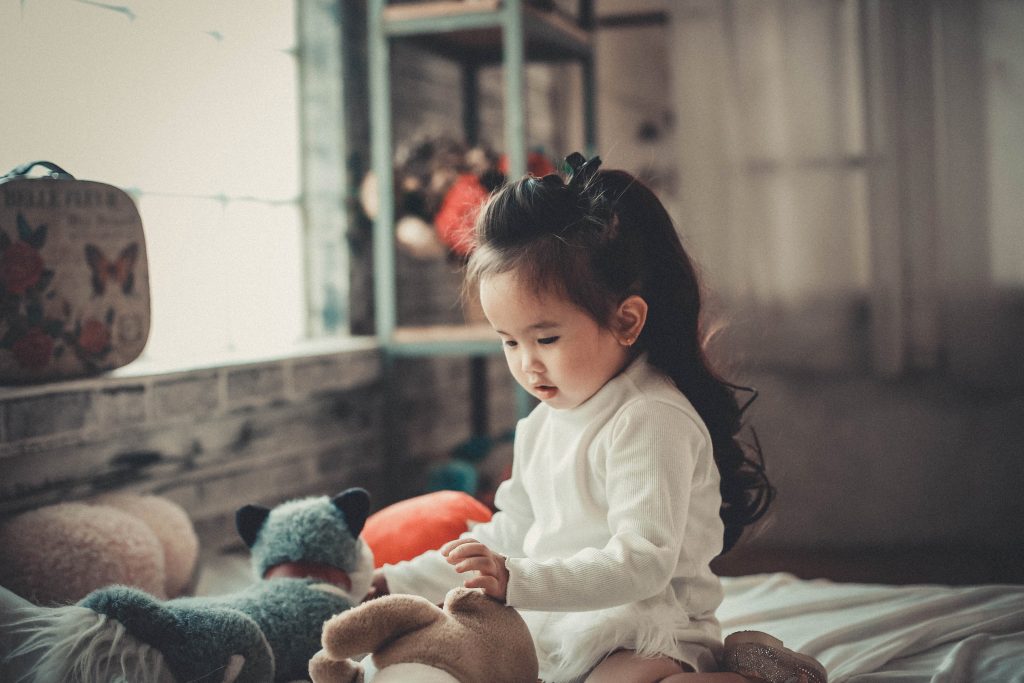
Photo Credit: Kha Ruxury
Why Would a Toddler Need to be Sleep Trained?
A toddler would need to be sleep trained for the identical reason their infant counterpart would need to be sleep trained. The toddler has the inability to fall asleep independently. Toddler sleep issues certainly vary in how they present in comparison to babies. However, the core issue is almost always the same. The toddler needs something (in most cases, a parent present) in order to go from being awake to being asleep.
It is normal for humans to wake periodically throughout the night as they go from one sleep cycle to the next. If a child needs Mom or Dad to sit by/near/with them in order to fall asleep, they’ll understandably need that assistance to fall back to sleep throughout the night. As toddlers grow into their third and fourth year of life, many will begin to sleep through the night without waking. However, these toddlers still require assistance to fall asleep at bedtime and for naps. Toddlers will also often be highly resistant to the bedtime routine. They will use any and all delay tactics in order to keep from going to bed. For all of the above, a toddler can benefit from sleep training.
Ways in Which Toddlers Benefit From Sleep Training
Toddlers can be completely different people when they don’t get enough sleep. Not only are sleep-deprived toddlers often fussy, cranky, and crabby (like sleep deprived babies), they can also:
– struggle to comply with simple directions,
– learn what they’re being taught at daycare or preschool,
– and maintain a healthy immune system.
In nearly *every* measure, a toddler suffers deeply when they aren’t sleep trained.
Further, I’ve personally worked with many kids who are unable to fall asleep without the presence of their parent. These kids are, in turn, generally insecure about being away from Mom or Dad. They have not yet had the chance to develop their own independence and coping skills at being alone. Thus they do not have those skills to draw from when they need to play on their own at home throughout the day.
Finally, toddlers who are not sleep trained often have an unfortunate dynamic with their parents at the end of every single day. There are few homes where parents of toddlers who are not sleep trained don’t spend the last 1-3 hours of the day begging, fighting, yelling, and cajoling their child to sleep. Parents understandably feel awful and children are exhausted.
How is Toddler Sleep Training Different Than Baby Sleep Training?
There is one main element (and it’s not age!) that determines whether a family should use an infant-based sleep training method, or a toddler-based sleep training method. If your child is physically unable to climb out of a crib, then you should without question use a traditional, CIO/check-in based method.
If your child is able to climb out of a crib, you should use a toddler-focused sleep training method. The reason I would urge you towards the infant-based method, even if your child is 2 years old, is because toddler-based methods typically only work well on kids who are 2.5 years of age or older.
The Baby Sleep Trainer toddler method (found in my book) relies heavily on the concept of visual aids and natural-based consequences. While the method is almost universally applicable to all kids over the age of 2.5 years, it’s requires the discipline dynamic to change between parent and child. The method also requires parents to follow through even if a child is throwing a tantrum. Infant-focused sleep training methods (like the Baby Sleep Trainer Program) assumes that a child is in a crib. And believe it or not, kids of almost all ages tend to fall asleep more quickly and easily when contained to a crib.
If you’re considering baby sleep training for your toddler keep in mind:
- That kids of all ages benefit from learning how to be independent sleepers.
- Many kids are sleep trained as infants and somewhere along the way need to be sleep trained again.
- Thankfully, sleep training can solve many emotional and behavioral issues common with the toddler age group.
- While sleep training approaches for toddlers are much different than for infants, toddler sleep training usually yields results way more quickly than when working with babies.
If you’d like more tips on how to help your toddler sleep better at night or for nap time, sign up for my newsletter!

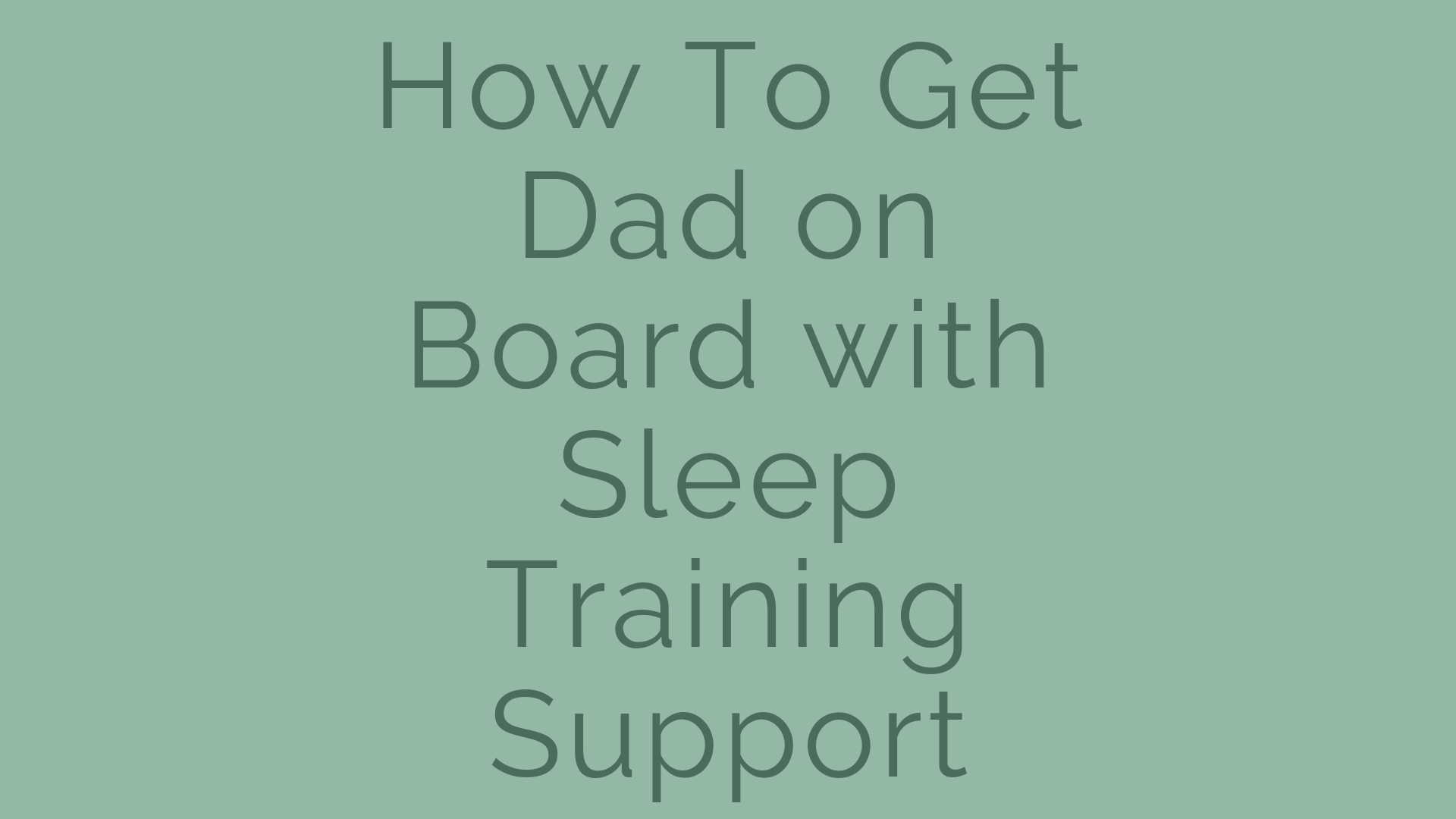
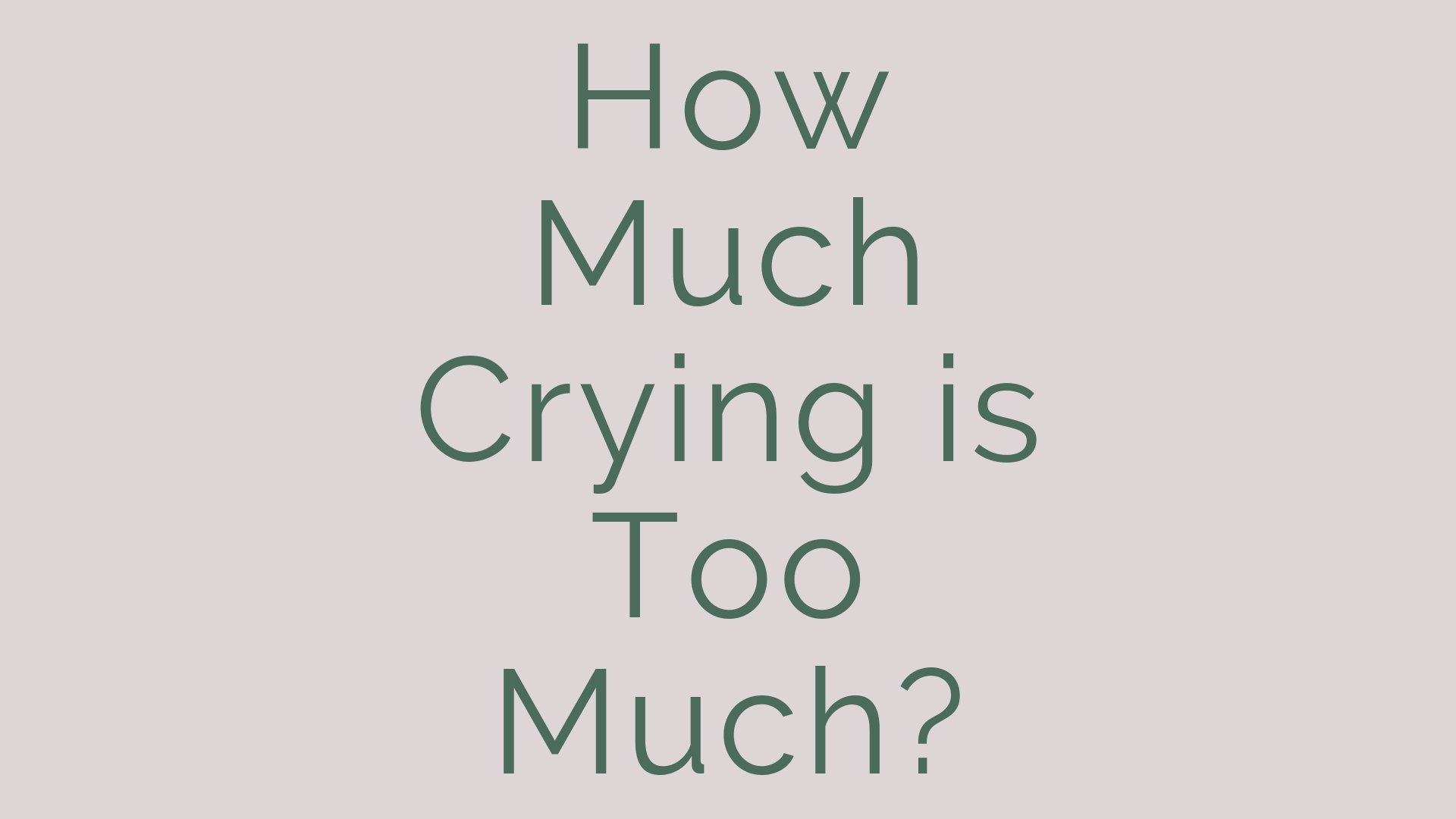
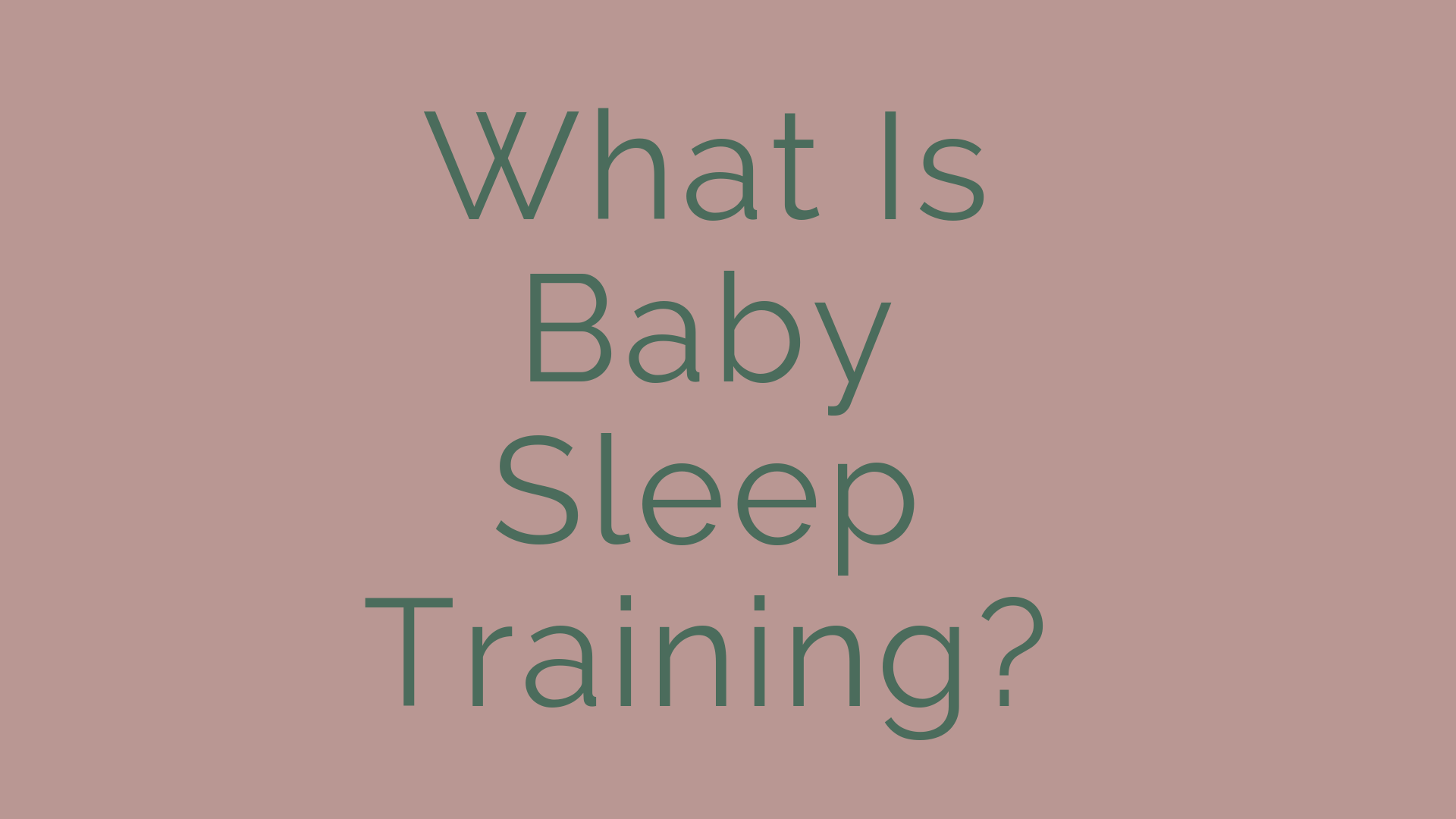
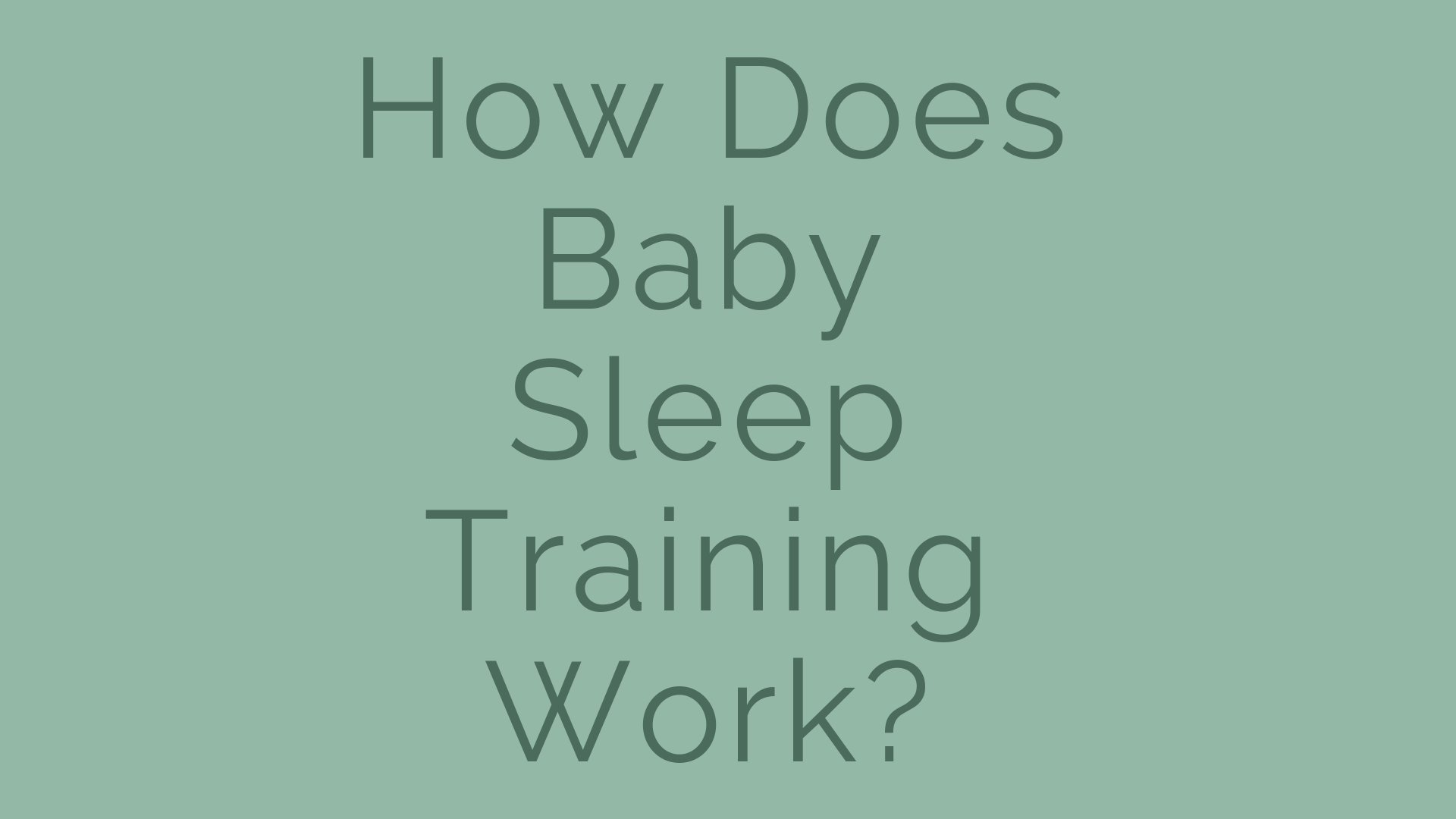
Hi Natalie – I was so happy to see your Instagram “stories” about toddler sleep training! We thought that ship had sailed for our 3.5 yr old. Our baby girl has been sleeping beautifully after following your program and I wish I had know you when our little guy was still a baby. He’s now almost 100% regressed and needs someone there with him all night. ♀️
Don’t worry!! You can totally solve this. Please check out my book – it has a great technique to work through what you’re going through.
https://www.amazon.com/dp/0999086707/ref=nav_ya_signin?ie=UTF8&qid=1496773245&sr=8-2&keywords=natalie+willes&
How do you deal with moving and retraining a child who slept in their own room to a new house and new room that they don’t want to sleep in even though the crib is the same ?
Hi Arleen,
I’d just use the same sleep training method I’d used in the previous house but in the new house.